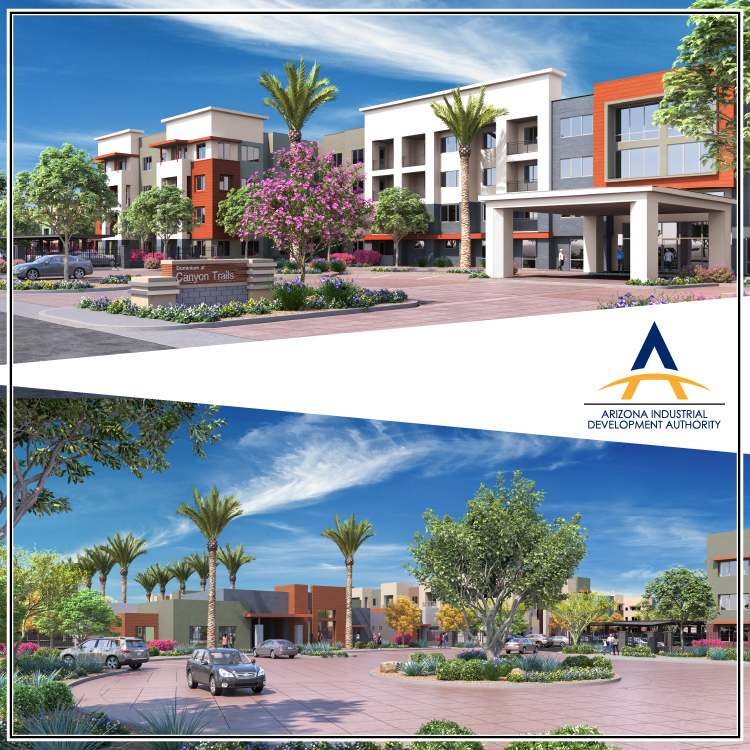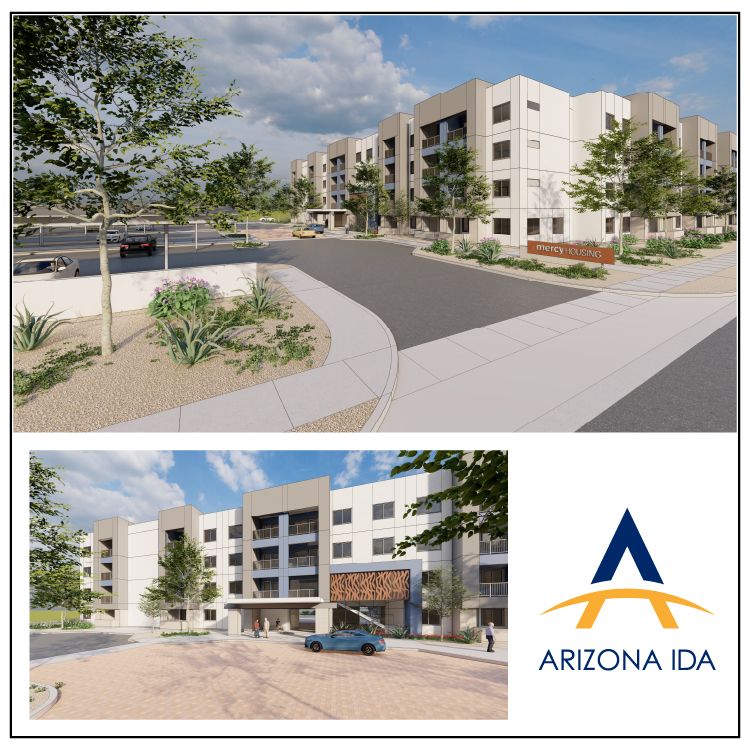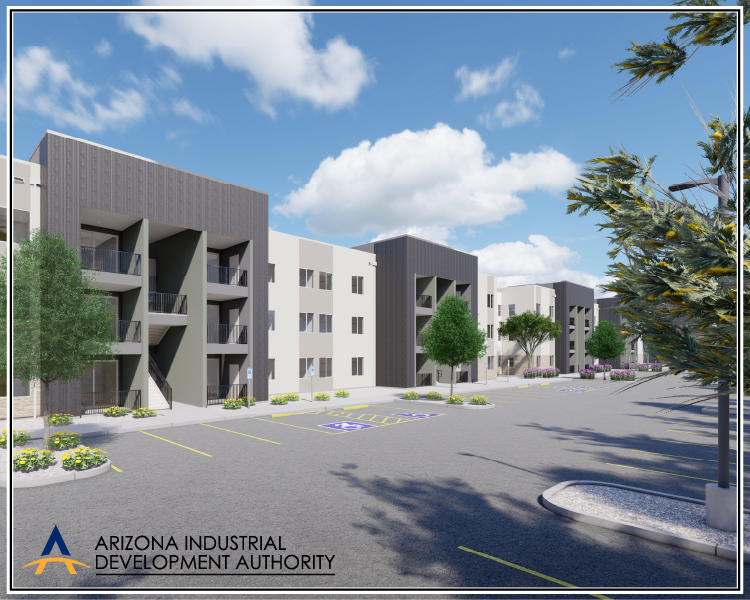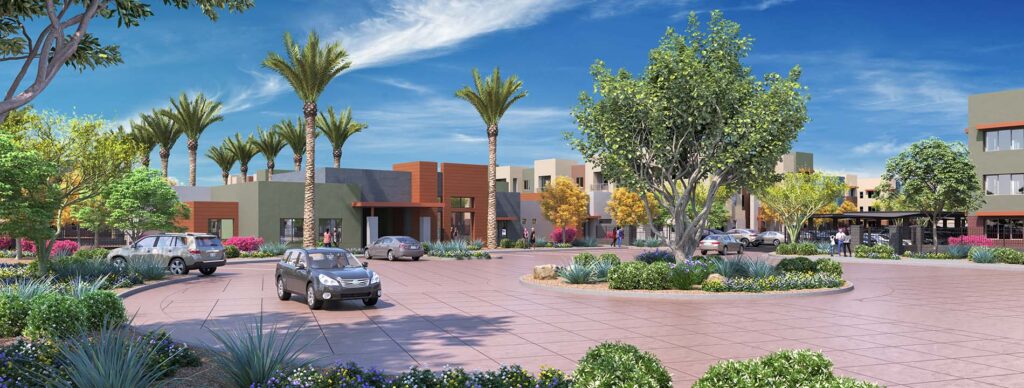By: Sean Golightly- Arizona Daily Sun
Updated: March 9, 2022
Direct Link: https://azdailysun.com/news/local/enviro/article_1a6ab0be-00ad-59e0-ab03-83e7c7384b0a.html
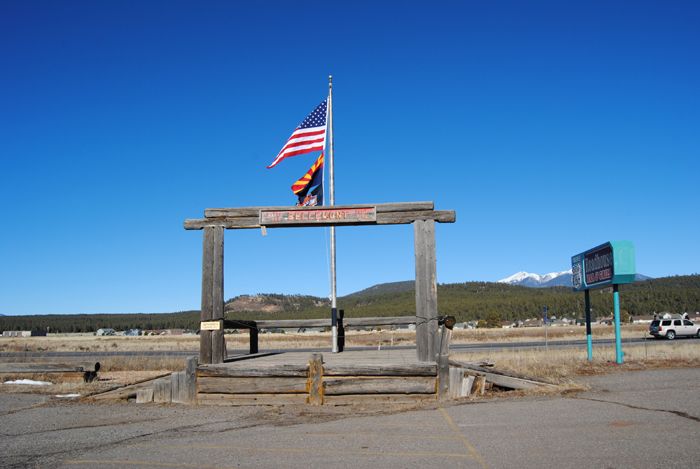
NewLife receives $200M bond funding to scale up forest thinning, sawmill in Bellemont
NewLife Forest Restoration secured $200 million in bond funding to scale up forest restoration activities in northern Arizona.
The “sustainability-link” bond issued by the Arizona Industrial Development Authority (AZIDA) on Feb. 28 mandates specific forest restoration targets and is one of the first of its kind in a burgeoning “green bond” market.
It’s also notable for its sheer size, said AZIDA program manager Patrick Ray. Most AZIDA projects range from $10-$25 million, and the NewLife project is “certainly the largest we’ve done in 2022,” Ray said.
Across the next six months, the $200 million will be used to complete the build-out of a 425,000-square-foot Bellemont facility, which will include a sawmill, a planer mill and dry kilns. NewLife also intends to expand the capacity of its sawmill near Heber.
NewLife expects to be operating at full capacity by 2023, and is aiming to treat 25,000 acres of forest per year while under contract with the U.S. Forest Service.
“We’re going to be in operation for the next 20, 30 years,” NewLife CEO Ted Dergousoff said. “The project doesn’t have a finite life.”
The news is a big win for the Forest Service’s Four Forest Restoration Initiative (4FRI), which aims to mitigate risk of catastrophic wildfire and improve forest health by thinning 2.4 million acres of forest. In the next 20 years alone, the aim of 4FRI is to treat 850,000 acres. Historically, the Forest Service struggled to attract industry partners for this work, as the wood harvested from forest restoration projects is mostly small-diameter, low-quality lumber that doesn’t easily translate to profit. Often the lumber is simply burned to produce biomass energy, or used to make shipping pallets.
By contrast, NewLife produces engineered wood products (EWP) that can be sold as building materials. The production process involves selecting small, high-quality cuts of wood from the harvest and joining them together to produce full-sized pieces of lumber. The resulting product is “stronger and lasts longer” than traditional building materials, Dergousoff said, and NewLife is fully vertically integrated for the production of EWP, meaning it performs every step of the process, from harvest to market, in house.
The expanding operation will also be a boon to the local job market. As it continues to build out its new facility, NewLife is actively hiring.
Javier Ruelas was hired within the Bellemont facility last month, and reported that the job has been good to him so far.
“I’ve gotten forklift certification, and it’s only been a month,” Ruelas said. “They’re taking care of us here.”
In the next six months, Dergousoff expects to bring on at least 80 more employees.
Between the build-out of the new sawmill facility and the hiring of new employees, it would seem that NewLife is faced with a daunting rate of expansion, but Dergousoff is not concerned.
“It’s not a case where we’re going from zero to 60,” he said. “We’re really staging this in a way that we’re able to ramp up in the forests, as well as our production, well before the sawmill is completed.”
Expect to see more AZIDA funding for projects like these, Ray said. The AZIDA has issued bonds for environmental projects in the past, but the NewLife bond issuance represents the beginning of a new era of sustainability-linked projects. Through the Bipartisan Infrastructure Bill, the federal government has signaled that there will be funds available for natural infrastructure projects, and other organizations are likely to seek bond funding in order to fulfill government contracts.
It’s shaping up to be a win-win-win, Ray said. When the AZIDA confirmed the $200 million for NewLife, “they were delighted, the investors were delighted, the Forest Service was delighted,” he said.
“More importantly, the people of Arizona should be really delighted, because this will create jobs in rural Arizona, it’s great for the environment and it creates a new lumber supply,” he added.
###

